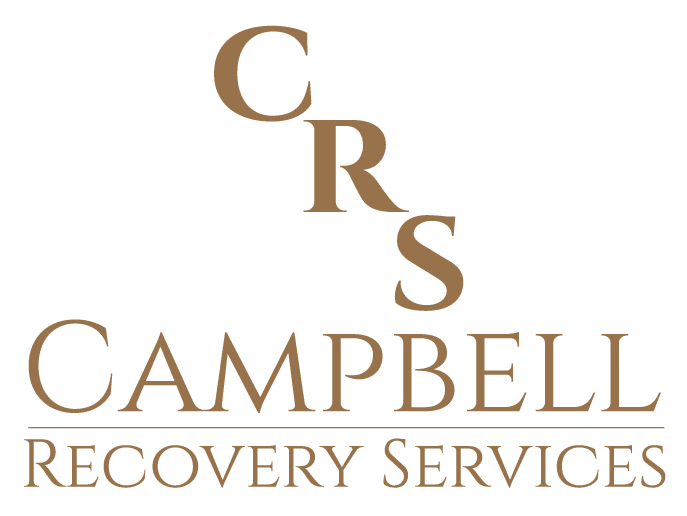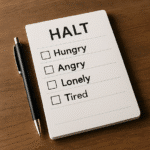When seeking treatment for drug addiction, there are many different types of recovery models. The abstinence-based rehabilitation model focuses on eliminating substances entirely. The focus with this approach is on eliminating the illicit substance, working through therapy and a rehab program to remain in recovery. The harm reduction model focuses on preventing overdoses and drug-related deaths, without necessarily pushing the addict to give up their drug of choice. This allows addicts to manage their addiction on their own terms, while providing tools to reduce the risk that drugs can pose for the individual.
How the Abstinence Based Model Works
The abstinence-based model is focused on removing drugs from the addict’s life entirely. The goal is to give the drug user the ability to live a life in recovery, free of the effect of drugs. The path for recovery with the abstinence model can vary from individual to individual, but the goal is to live a life entirely drug-free. This may mean in-patient or out-patient drug rehabilitation, therapy, or a combination of these to find the road to sobriety. One of the first steps in this recovery process is to accept that you have an addiction and develop coping skills and strategies to manage the urges that go along with this.
The focus of the abstinence-based model is that the safest way to use drugs or alcohol is to avoid them altogether. The goal of this method is to prevent situations that will lead to temptation to revert to that previous lifestyle. Surrounding yourself by a support system is an important part of the process and can help to make the abstinence model easier to maintain in the long run.
Harm Reduction Services that Can Make Things Safer for Addicts
With this model the focus is on reducing the risk associated with addiction. This approach involves kindness and compassion, striving to make life safer for those affected by drug addiction. These services can include overdose education, counseling, and healthcare services. The harm reduction model aims to reduce the number of deaths caused by overdoses by distributing overdose reversal medications like naloxone to at-risk individuals.
The distribution of harm reduction supplies, injectable naloxone, needle disposal kits, wound care supplies, supplies for promoting sterile injections, and more, are important components of the harm reduction model. Services offered to these drug addicts under harm reduction include overdose education and training, treatment for infectious diseases, and testing for HIV and hepatitis. This method aims to help those affected by drug addiction by giving them a safer environment and the services that they need.
Find the Right Recovery Model for You
It is important to understand that there is no cookie cutter solution for addictsaddicts. Depending on the individual, the abstinence-based model or harm reduction may be the best course of action. Regardless of which method is the right fit, it is important that the addict feel the support and compassion of their loved ones and the community.





